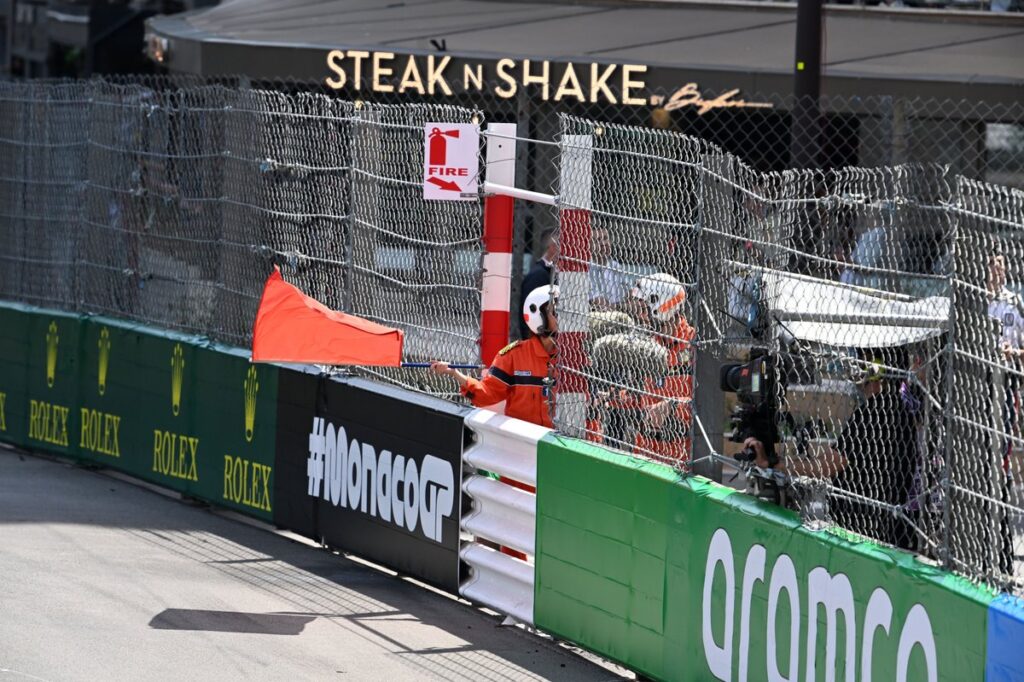Dakar Rally Shakeup: Red Flag Takeover Causes Strategic Mayhem
The recent Dakar Rally stage in the heart of the Saudi Arabian desert was turned upside down by a dramatic first-lap incident that triggered a red flag and fundamentally altered the strategic landscape of the event.
Crash Causes Chaos
A heavy crash involving top contenders Nasser Al-Attiyah, Giniel de Villiers, and Yazeed Al Rajhi brought the stage to a halt, allowing all drivers to change tires under the resulting red flag. This rule, designed to prevent disadvantaging those who had not yet pitted, had some unintended consequences that left many Dakar Rally teams and fans frustrated.
“After the red flag, our strategy was completely ruined,” lamented defending champion Al-Attiyah. “We had to put the medium tires on to the end, as everyone got a free stop. That meant we had to save a lot, and the pace was just so slow.”
Controversial Red Flag Rule
The elimination of the mandatory pit stop requirement negated the jeopardy and drama that can often arise from tire management and refueling under pressure. Rookie driver Lucas Moraes, who actually benefited from the free pit stop, acknowledged the rule’s shortcomings.
“I think if it’s a lap-one red flag, there should still be a mandatory pit stop or something. It worked in our favor, but it doesn’t really make a lot of sense.”
Veteran driver Nani Roma echoed the sentiment, stating, “The only point of interest in a Dakar stage is the strategy of the pit stops. If you remove that excitement, it becomes a rather boring affair.”
Calls for Regulation Changes
With the Dakar Rally‘s reputation for unpredictability and strategic intrigue, many are hopeful the governing body will revisit this rule in the wake of the latest debacle. As two-time champion Giniel de Villiers bluntly put it, “There are many things they haven’t changed, probably because they don’t listen to the drivers.”
The Dakar Rally community will be keen to see if lessons are learned from this controversial red flag incident and whether the regulations can be refined to restore the strategic element that has long captivated fans of the world’s toughest off-road race.
🔗 Source
